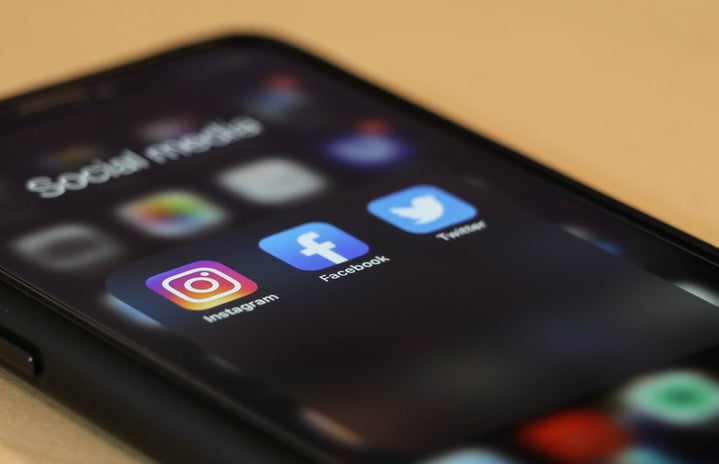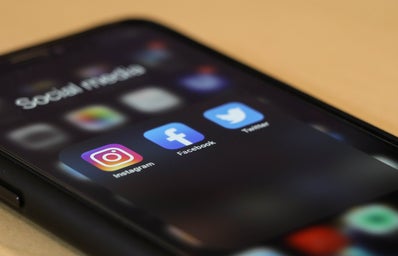Infographics have existed in some form or the other since the birth of print media but the advent of social media has made sure each one of them grabs your attention and makes you spend one extra minute of your day on the social media platform you saw it on. A popular saying highlighted recently in the Netflix documentary, The Social Dilemma, puts the reality forward in excellent words- “If you are not paying for the product, then you ARE the product.”
It really makes you think- What kind of a future are we heading towards?
One cannot help but wonder if it is our mind trying to downplay the intensity of these platforms because we are such avid consumers of them. The latest development in the #Woke world of social media mirrors what’s on the news and sometimes things that couldn’t make the news. However, all of it is reduced to content for the sake of content via infographics. The reposting of one counts as having your own opinion and when you make one yourself- it almost makes you feel like you did something for the cause.
In actuality, condensing such complex theories to a few aesthetically pleasing slides does not actively change anything. These infographics should be considered a start to active reading and later embodiment of the principles. Any change must be actively practiced, instead of simply reshared. For example, this summer in the wake of the Civil Rights Movement, many users were initially quick to repost infographics regarding White Supremacy, Prison Abolition, and radical theories – without actually considering how they might uphold these systems.
These infographics are an excellent start to pique interest in wanting or demanding change, however, it cannot be the only means to an end. You’re not a “revolutionary” just because you can retweet and reshare. What’s even more dangerous is the lack of empathy that can occur when topics become theorized. Take a topic like White Supremacy, for example, a page like @soyouwanttotalkabout could never put all facets of that system in one infographic. Worse, this is not a theory but an active system that actually harms communities of different marginalized people, and theorizing them makes the consumer passive in considering their own stance.
Many people even feel obligated to share these infographics to express solidarity with a certain demographic, a bigger movement, or to seem #woke. Although it can be a tool to indicate the rise of something or intimidate those who choose not to pick a side, it can only get you so far in a real-world context. The palatability of these infographics is almost distasteful in nature as they are usually designed to catch one’s eye, almost as though these issues are not important enough by themselves.
People’s lived experiences, like that of Black women, Women of Color, Indigenous people, queer or disabled people are not theories that should be consumed or “liked”. An issue like prison abolition championed by Angela Davis and other Black women during and before that time was quick to trend on Instagram but was not trending when first championed. The radicalism they speak about takes active questioning and active practice in daily life beyond just resharing an infographic.
By now, it should be clear it is our view that these theories do not merely exist for our viewing pleasure on Instagram but to think of reshaping and reimagining our future. Change and changemakers existed before the concept of social media and still exists outside of it, don’t let a platform like Instagram let you think otherwise. True change or revolution occurs outside a social media realm, when you don’t get validation, instant gratification, and when no one is looking at you.
What is even more upsetting, is that these infographics almost hold nobody accountable and offer no nuance to people who either deserve or require to understand the importance of these social justice issues. They seldom challenge a higher power actively or amplify voices that need to be heard as they mostly come from accounts that never make an effort to make the reader question their own role in the grand scheme of things. Instead, they treat the reader as a passive bystander while historical events take place around them.




